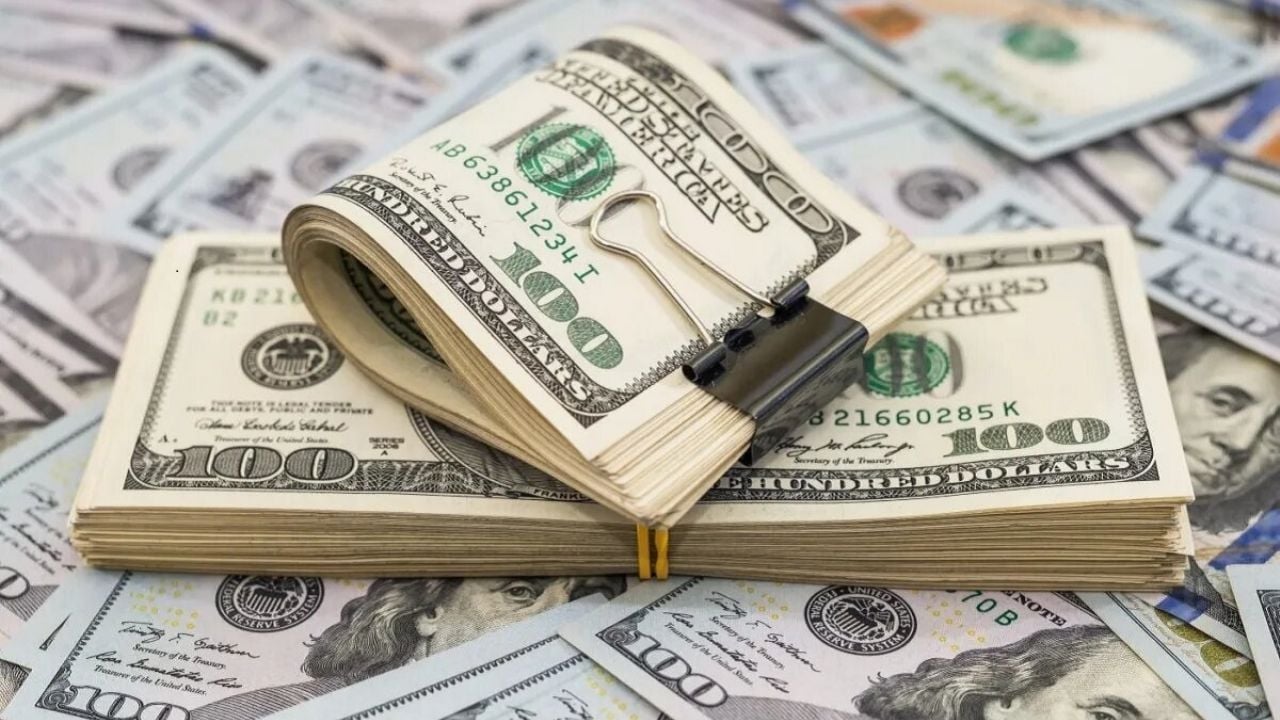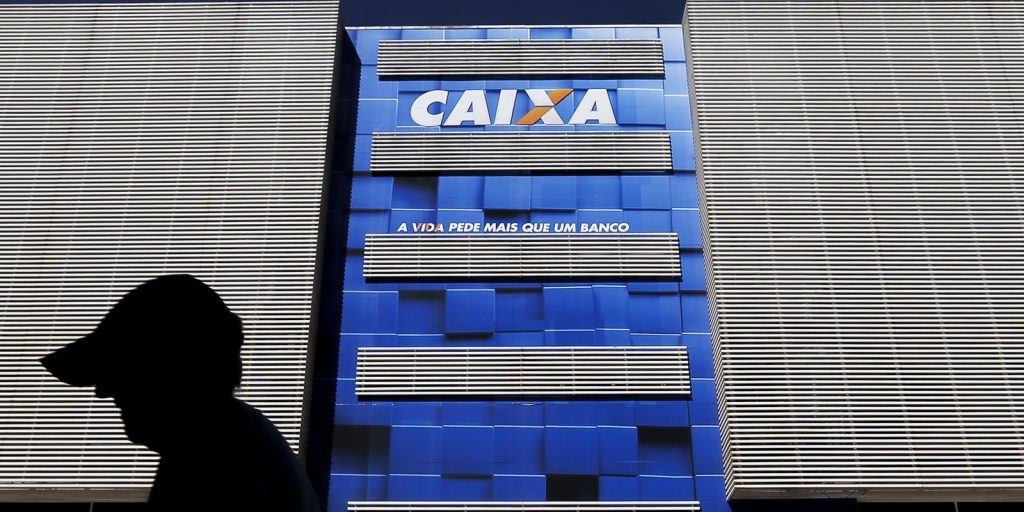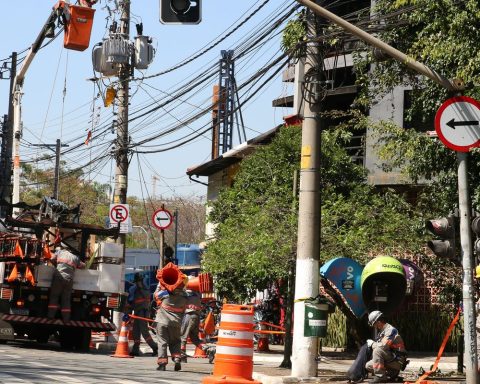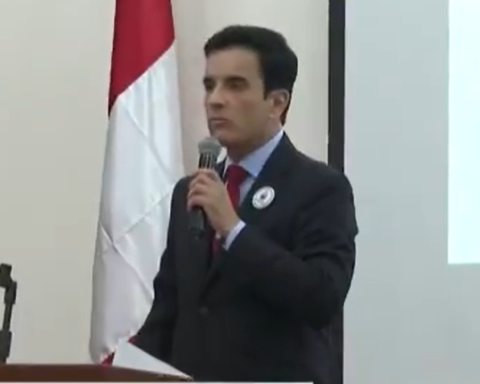On Tuesday, October 29, the price of the dollar in Argentina showed significant differences between the dollar officer and the dollar blue, reflecting the persistent exchange gap that characterizes the Argentine market.
He dollar official, which is negotiated through financial entities regulated by the Central Bank of the Argentine Republic (BCRA), was quoted at $968.00 for purchase and $1008.00 for sale at Banco Nación. This value is a reflection of the average made by the BCRA among the different financial entities.
Compared to the previous day, the dollar official remained stable with a fluctuation of less than 1%. On the other hand, the blue dollar, which is traded in the parallel market and is not regulated by the BCRA, showed a price of $1,200 for purchase and $1,220 for sale.
This difference of approximately 17.18% between the dollar blue and the official dollar underlines the continued inflationary pressure and lack of confidence in the local currency. This Wednesday, October 30, the dollar blue is trading at $1175 to buy and $1195 to sell. Meanwhile, the official dollar is trading at $968.50 for purchase and $1008.50 for sale.

Fountain: Dollar Today.
In addition to the dollar blue And officially, other exchange rates were also traded that day. The MEP dollar, known as “Bolsa”, was quoted at $1,134.18, while the CCL (Cash With Settlement) dollar was exchanged at $1,151.65.
These values reflect a certain stability compared to the previous day, with fluctuations of less than 1%. The exchange gap between the blue dollar and the dollar official has been a recurring theme in the Argentine market, and its persistence has generated concern both among economists and the population in general.

Price
The difference in prices between both markets is a reflection of the lack of confidence in the government’s economic policy and the perception of country risk. In terms of monthly trends, the dollar blue has shown a slight decrease compared to the previous month, with a difference of approximately 2%.
This decline may be related to various factors, including the BCRA’s monetary policy and market expectations about future economic measures. The impact of the exchange gap on the Argentine economy is significant.
follow us on Google News and on our channel instagramto continue enjoying the latest news and our best content.


















